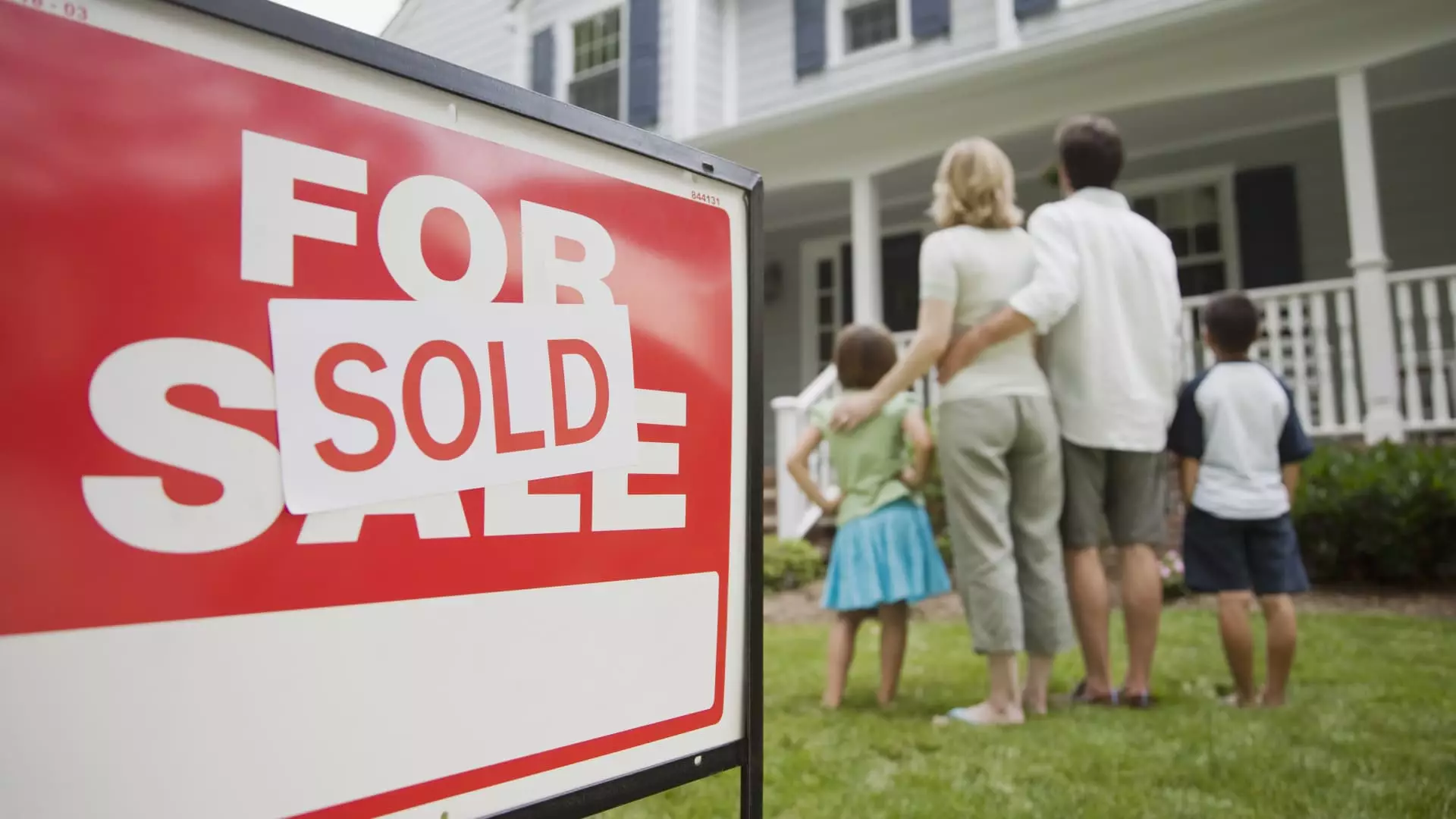The real estate market has seen a shift in the average down payment amounts for homebuyers. According to a recent report by Realtor.com, the average down payment in the first quarter of 2024 was 13.6%, with a median amount of $26,000. While these figures are higher compared to the previous year, they are still below the perceived gold standard of a 20% down payment. Experts suggest that the 20% rule is not set in stone and there are various reasons why buyers may choose to put down less.
Despite the advantages of a larger down payment, such as lower monthly mortgage payments and avoiding mortgage insurance, many households face challenges in saving up for a higher upfront cost. Danielle Hale, chief economist at Realtor.com, highlights the affordability conundrum in the housing market where lack of savings remains a significant hurdle for potential homeowners. A CNBC Your Money Survey revealed that nearly 40% of Americans cite insufficient savings as a key reason for not owning a home.
Contrary to popular belief, buying a home with less than 20% down payment is not only feasible but also the norm for a majority of buyers. Nationally, the average down payment falls between 10% and 15%, with some states recording figures well below 20% and even 10%. Various loan programs, such as VA loans, USDA loans, and FHA loans, provide opportunities for buyers to secure a home with minimal to no down payment requirements. These programs aim to bridge homeownership gaps among different demographic groups.
While opting for a lower down payment can address affordability challenges, it comes with potential drawbacks. Borrowing a larger sum from a lender to compensate for a lower down payment increases the monthly mortgage costs. Additionally, buyers may not qualify for the best interest rates with a smaller down payment. Moreover, loans exceeding 80% of a home’s value may incur additional costs in the form of private mortgage insurance (PMI). PMI premiums can range from 0.5% to 1.5% of the loan amount per year, adding significant expenses to homeownership.
To avoid private mortgage insurance, some buyers opt for a “piggyback mortgage,” where they take out a second loan to meet the 20% equity threshold. Although this strategy eliminates the need for PMI, the second mortgage typically carries higher interest rates, impacting overall loan costs. It is crucial for buyers to carefully evaluate their financial capacity and weigh the trade-offs between down payment amounts, monthly mortgage expenses, and long-term affordability.
The conventional wisdom of a 20% down payment for buying a home is not a strict requirement but rather a guideline. With a range of loan programs and financing options available, prospective homeowners can explore alternative down payment strategies to navigate the complex landscape of real estate affordability. By understanding the implications of different down payment amounts and assessing their financial circumstances, buyers can make informed decisions that align with their homeownership goals.

